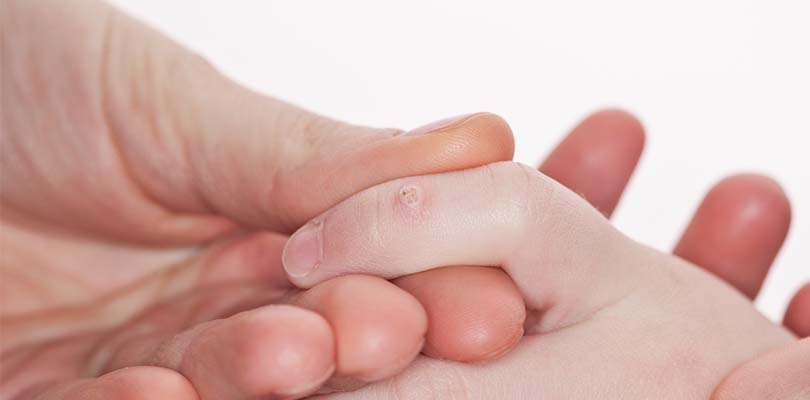Photo Credit: monkeybusinessimages / iStockPhoto.com
What is it that alcohol actually does to our body?
We all know drinking alcohol changes our spirits, and if we consume too much we will become inebriated. But have you ever thought about why and how this happens?
The scientific name for the alcohol we drink is ethanol. Other types of alcohols exist as well (like rubbing alcohol), however they are toxic to humans at lower doses than ethanol.
Sadly, many people with alcohol dependency problems may become desperate and attempt to drink methanol and other types of alcohol if ethanol is unavailable. The results are often deadly.
During the years of alcohol prohibition in the early part of the 20th century, many poisonings and deaths occurred in the United States as a result of bootleggers adding other types of alcohol to spirits.
So, what are different types of alcohol made out of?
- Ethanol is produced most often when plants ferment.
- Wine is most often produced by fermenting grapes.
- Beer is commonly made from hops.
- “Hard” alcohol is made from fermenting grains, such as rye or barley.
- Vegetables may be made into beverages as well (vodka is often made from fermenting potatoes).
What Does the Word "Drunk" Mean?
Alcohol consumption produces changes in emotions, thinking and physical abilities. In most cases, a person is considered to be drunk when their behavior, movements, emotions and thinking capacity are impaired. Intoxication occurs when alcohol is consumed at rates quicker than the body can metabolize it.
Law enforcement agencies determine people to be classified as drunk or intoxicated if they fail specific field sobriety tests, such as or walking in a straight line or failing memory tests. Legally, intoxication is determined by having specific levels of alcohol in the blood stream. These amounts vary according to jurisdiction.
Individuals who consume large amount of alcohol on a regular basis may have high levels of alcohol in their blood, however they may not show any outward signs of drunkenness.
Signs and symptoms of intoxication increase as more alcohol is ingested. Consuming too much alcohol is lethal.
Signs of Alcohol Ingestion and Intoxication
Alcohol impacts the entire body:
- Moods may elevate initially, however as more alcohol is consumed, sadness, depressive or suicidal thoughts may arise.
- Judgment becomes increasingly impaired.
- Memory may be temporarily impacted.
- Dangerous or violent behavior may occur.
- Walking and speaking may become difficult or impossible.
- Coordination, visual-spatial relationships and hearing may become impaired.
- Altered sensation, such as numbness of the extremities may occur.
- Violent nausea, vomiting and diarrhea may arise due to the body trying to rid itself of the toxic substance.
- Gastrointestinal disturbances.
- Unconsciousness may occur.
- When alcohol levels reach dangerous levels, death may result due to accidents, aspiration while vomiting, suppression of respirations, or seizure activity.
Warts are a result of the human papillomavirus, as it causes rapid skin growth. From medical care to at-home methods, here's how to remove warts.
Alcohol and the Bloodstream
When an alcoholic beverage is consumed, the alcohol is absorbed into the bloodstream directly from the gastrointestinal tract. Approximately a fifth of the alcohol is absorbed from the stomach into the bloodstream.
The majority of alcohol, approximately four-fifths, is absorbed from the small intestine. Eating while consuming alcohol is a good idea, as it slows the transit time of the alcohol reaching the intestines — meaning the alcohol is absorbed gradually.
This decreases the concentration of alcohol in the bloodstream and intoxication is less likely to occur. Peak alcohol concentration in the blood generally occurs within one to three hours after alcohol consumption ceases.
Communication
Alcohol is chemically classified as a depressant because it slows message transmission within the brain.
Chemical messengers in the brain are called are called neurotransmitters. It used to be thought that alcohol directly affected all of the chemical messengers in the brain, but experts now know that just certain types of neurotransmitters are impacted directly.
One neurotransmitter, gamma amino butyric acid (GABA), is impacted by alcohol; the result is a slowing of thought processes and physical abilities. Impaired judgement and speech slurring are examples of what occurs with the slowing of GABA’s message transmission abilities when alcohol is consumed.
Even though GABA is primarily affected by alcohol, multiple other chemical processes within the brain are impacted by alcohol ingestion. Some of these changes are due to the changes in GABA’s ability to transmit messages normally.
Drinking Alcohol Can Be Fun
Alcoholic beverages have been popular in most parts of the world for ages. This is partly due to its relaxing, mood-elevating effects that initially make people feel more talkative and less self-conscious in social situations.
Alcohol also provides inexpensive opportunities for people to unwind when consumed responsibly. Drinking alcoholic beverages is a large part of celebrations, holidays and religious rituals for many individuals and cultures.
Everyone “Holds Their Alcohol” Differently
Signs and symptoms of alcohol ingestion vary greatly depending upon many factors. Women tend to “hold” less alcohol than men of equal weight because of differences in fat/muscle/water ratios within their bodies.
The use of medications, emotions, general wellness and liver health impact the rate and effects alcohol has on a person. For example, for people with multiple sclerosis alcohol can have a more powerful effect than it does on others. Fatigue, environmental factors, genetics, age, and drinking history are all variables in how much alcohol it takes for someone to become intoxicated.
While chronic drinkers may metabolize three drinks per hour, most people metabolize about a drink per hour.
Alcoholic beverages vary greatly in alcohol concentration. Ten ounces of regular beer, one four-ounce glass of wine, or an ounce of 80-proof liquor all contain about the same amount of alcohol, and each is considered to be one serving or drink.
The majority of alcohol is metabolized by the liver, which is why chronic drinkers are at an elevated risk for liver disease, including fatty liver and alcoholic cirrhosis. Small amounts are converted into fat, which leads to “beer bellies.” Some alcohol is metabolized and excreted via the lungs and skin.
If You Choose to Drink, Do So Responsibly
If you choose to consume alcohol, do it safely. If you think you may have a problem with alcohol, seek immediate assistance.
Be alert of other individuals who are under the influence of alcohol. Call for emergency assistance immediately if you believe someone is highly intoxicated, putting themselves or others at risk.







